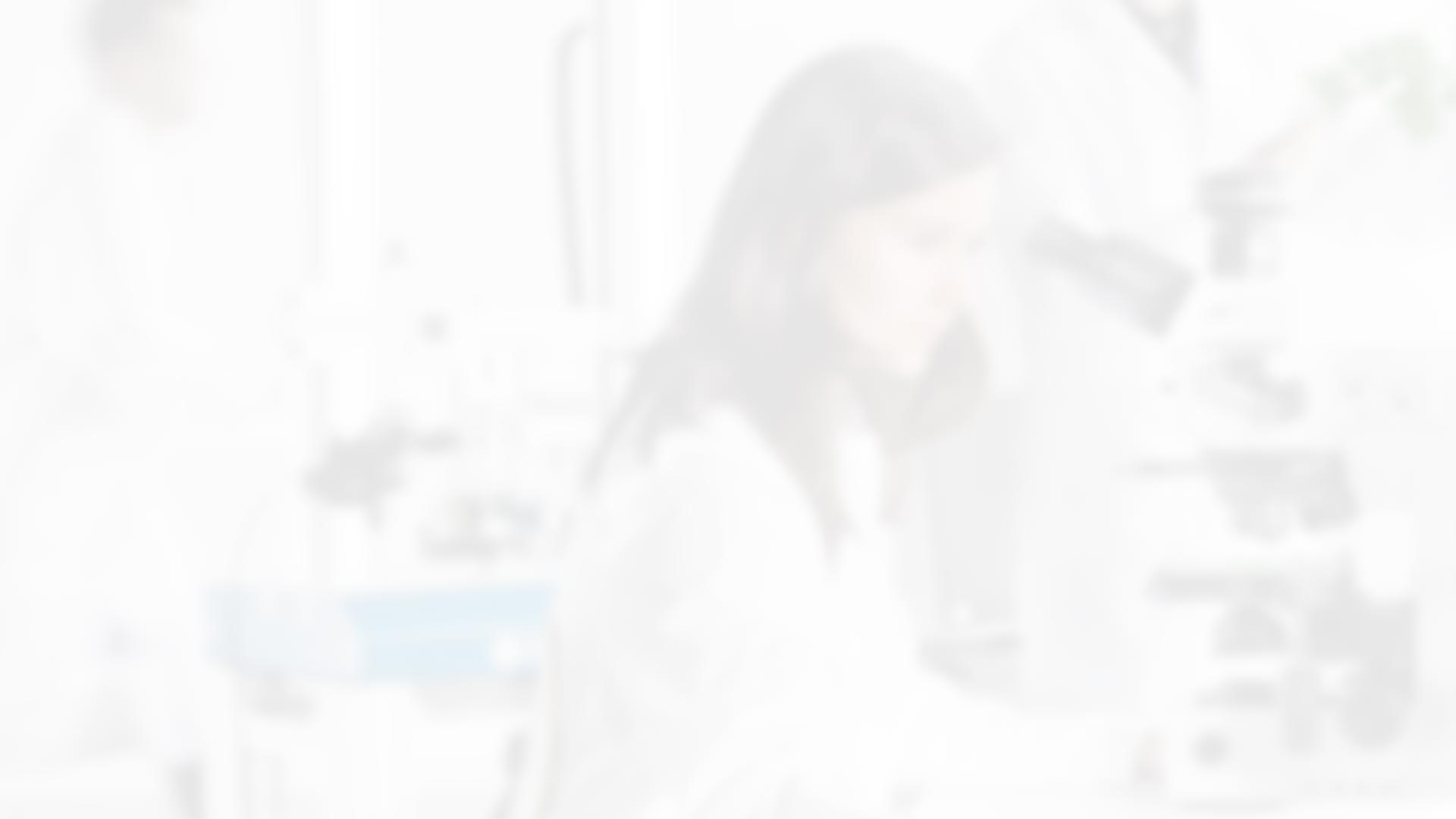Living Materials 2020: Programmable “living materials” open up new possibilities
Scientists from four continents will meet on February 12, 2020, on the campus of Saarland University for a three-day conference on a new approach to materials synthesis. They are focusing on so-called “living materials”, which open up completely new possibilities in medicine, but also in many other areas.
Bacteria are amazing organisms. They have an extremely diverse metabolism that allows them to produce a wide variety of substances, from inorganic salts to metal oxides, biopolymers and potent active ingredients. Researchers at the Leibniz Institute for New Materials (INM) in Saarbrücken are currently thinking about using these properties to produce technical and medical materials with novel functions. Living organisms such as bacteria or even yeasts are to be specifically programmed and enclosed in a carrier material. As active components in the “living materials” created in this way, they should then perform their pre-programmed task independently and only need to be “fed” from outside. Since the organisms themselves remain in the material and are thus permanently available, sustainable functionality is guaranteed.
“In contrast to materials that we synthesize in the laboratory, living materials would have the ability to heal themselves, adapt to their environment and even improve their performance during use,” explains Professor Aránzazu del Campo, Scientific Director at INM. The already known applications cover a broad spectrum: self-ventilating sportswear, self-healing concrete walls, self-renewing membranes for biological detoxification, biosensory tattoos for the detection of harmful substances on the skin or therapeutic use for the long-term and personalized delivery of medical agents into the body in chronic diseases are just a few examples.
Many questions are still open and will be discussed by the 100 participants: How do the non-living and living material components get along with each other? Which technologies are possible and necessary to produce living materials? How can living materials be programmed in a targeted manner and how many functions can be incorporated simultaneously? Which application scenarios and technological advances are conceivable? A separate discussion forum is dedicated to the important question of what properties such living materials must have in order to ensure safe production and application. Representatives from science, industry and regulatory authorities will explain their points of view and answer questions from the audience.
Dr. Shrikrishnan Sankaran, who has been head of the research group “Bioprogrammable Materials” at the INM since the beginning of the year, emphasizes the special feature of the conference: ” We bring together scientists from materials science, synthetic biology, medicine and bioinformatics to discuss novel technologies for a sustainable future.” Thus, the conference is the first forum where experts with different approaches to this specific topic can exchange views and explore possible synergies and future cooperation.
The conference is supported by the German Research Foundation and the Research Alliance Health Technologies of the Leibniz Association.
Your experts at the INM:
Prof. Dr. Aránzazu del Campo
Scientific Director and
Head of program division “Dynamic Biomaterials”
Phone: 0681-9300-510
aranzazu.delcampo@leibniz-inm.de
Dr. Shrikrishnan Sankaran
Head of the Junior Research Group “Bioprogrammable Materials”
Phone: 0681-9300-167
shrikrishnan.sankaran@leibniz-inm.de
INM – Leibniz Institute for New Materials, situated in Saarbrücken, is an internationally leading centre for materials research. INM conducts research and development to create new materials – for today, tomorrow and beyond. Research at INM is performed in three fields: Nanocomposite Technology, Interface Materials, and Bio Interfaces. INM is an institute of the Leibniz Association and has about 260 employees.



